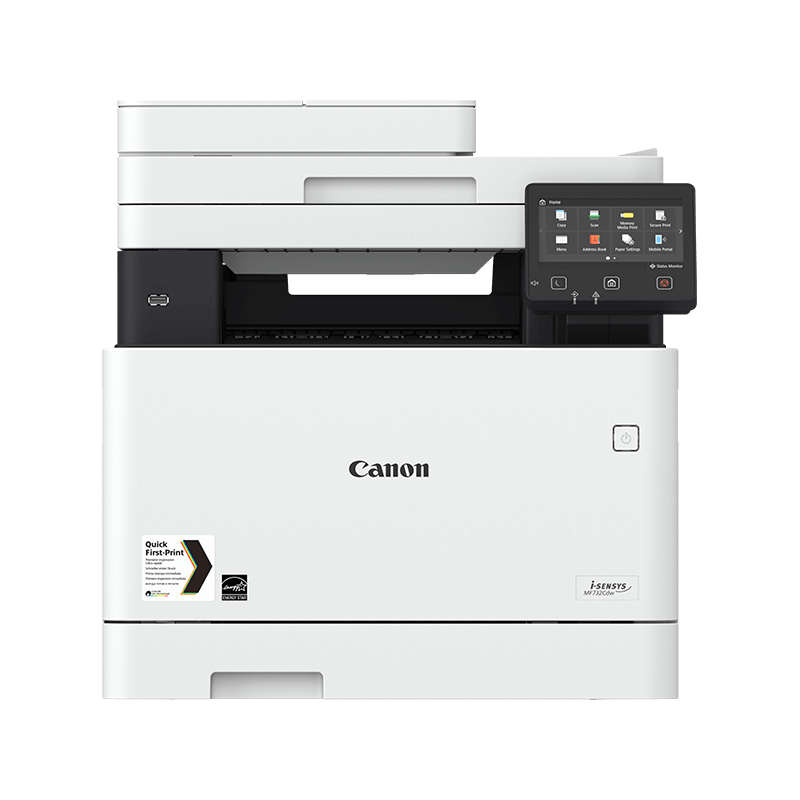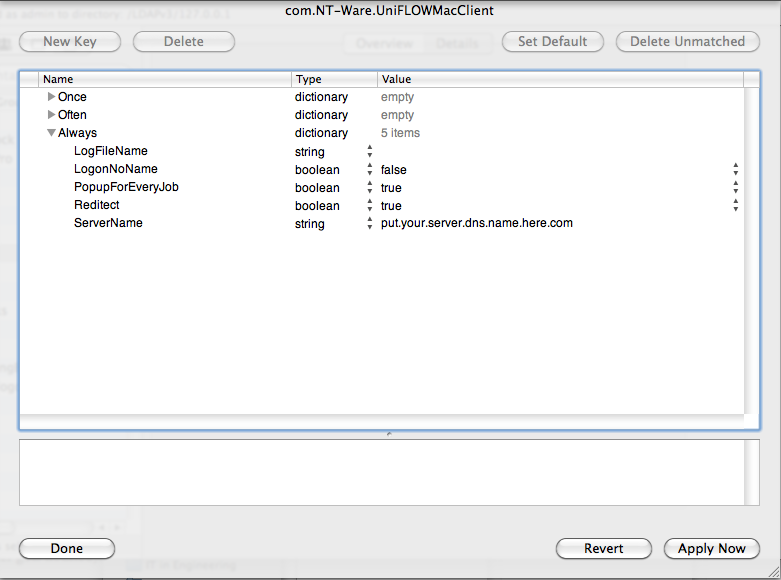

These Brother printers, which are Universal Print-ready with Universal Print-compatible firmware, eliminate the need for on-premises print servers and lower capital expenditure.
#Uniflow client for mac windows
This may happen because the Windows Print Spooler service is able to resume LPR print jobs which PaperCut NG/MF has paused for analysis or Find-Me printing, at which point PaperCut NG/MF attempts to cancel the resumed job.Universal Print by Microsoft is available on select Brother devices to help users manage their print infrastructure through cloud services from Microsoft. The other problem encountered with Windows LPD printing is when print jobs disappear with an error message “A print job was attempted to be unpaused” in the PaperCut NG/MF logs. Q Sometimes we see print jobs disappear occasionally, what’s happening? This may happen because an ERP system is actually submitting the print job on behalf of the user, which is why the username will appear to be “SYSTEM” or the name of the service account that the ERP system is running as.įortunately, with PaperCut’s NG/MF’s Enterprise Environment Username Extraction feature it’s possible to accurately attribute these enterprise system-generated print jobs to PaperCut users. One of the challenges we hear of when printing via the LPD protocol is that the print jobs are logged in PaperCut NG/MF with the wrong username. Q The wrong username is associated with the print jobs, what gives?
#Uniflow client for mac driver
If your organization has a requirement for Type 4 drivers, we suggest duplicating the print queue with a Type 3 driver in this scenario. If you’re in this situation, we recommend using an equivalent Type 3 driver from the same driver manufacturer.
#Uniflow client for mac drivers
The way the Windows Print Spooler works with these newer types of drivers means jobs from macOS or Linux clients won’t print. The most likely reason for this is the use of “Class”, “Mode 4,” or “Type 4” printer drivers on the Windows server’s print queue. Q The print jobs don’t come out of the printer and just disappear. Q Why do print jobs fail when non-ASCII characters are used in either the print job name or the username?Ĭheck out this article on fixing encoding problems in the relevant print queue. Heck yes! The PaperCut LPD Service added an option in the nfig file to enable the host address to be removed from the job owner’s name ( RemoveHostAddress = true). Q Can I remove the IP address from the username seen in the Windows print queue? There isn’t a requirement for permission settings on the queue, so Windows users can still be prevented from connecting to these shares. Through the application’s print queue monitoring and restriction abilities, PaperCut NG/MF’s implementation provides an extra level of control over print queue sharing over LPR. Please note: Unlike Microsoft’s implementation, the PaperCut LPD Service requires sharing the printer for clients to be able to connect to it via LPR. The installation wizard also checks for the Windows LPD Service and disables it to prevent port conflicts. The PaperCut LPD Service listens on port 515 by default, so IT System Administrators need to ensure network security services or the print server’s firewall don’t interfere with connections to this port. The installer file is located here: \ PaperCut NG/MF\providers\lpd\win\pc-lpd-installer.exe At PaperCut we see environments where these protocols are used when there is a significant mix of clients are present, such as:įrom v15.1 onwards, PaperCut NG/MF comes bundled with the PaperCut LPD Service with a wizard style installer. The LPD service on Windows Server can still be used - but at some point in the future it may be removed. This service is provided by Microsoft, but with the advent of Windows Server 2012 the original Windows LPD Service has since been deprecated. The LPD service will simply accept print jobs with little scrutiny via this service and print them to end devices using the queues the server hosts. One of the attractive features of LPR is the interoperability that clients connecting to the LPD service aren’t required to authenticate. IT System Administrators building a print network to support varying systems (such as Windows, macOS, Linux etc.) have long relied on the Windows LPD Services as a convenient way to get print jobs onto a Windows Print Server.

Sometimes these terms are used interchangeably, but to be precise, LPR refers to the protocol used by the client to send a print job, whereas LPD refers to the service running on the server.

The Line Printer Daemon protocol (LPD) and Line Printer Remote protocol (LPR) refer to a network protocol for submitting print jobs to a printer or print server, similar to SMB or IPP.


 0 kommentar(er)
0 kommentar(er)
